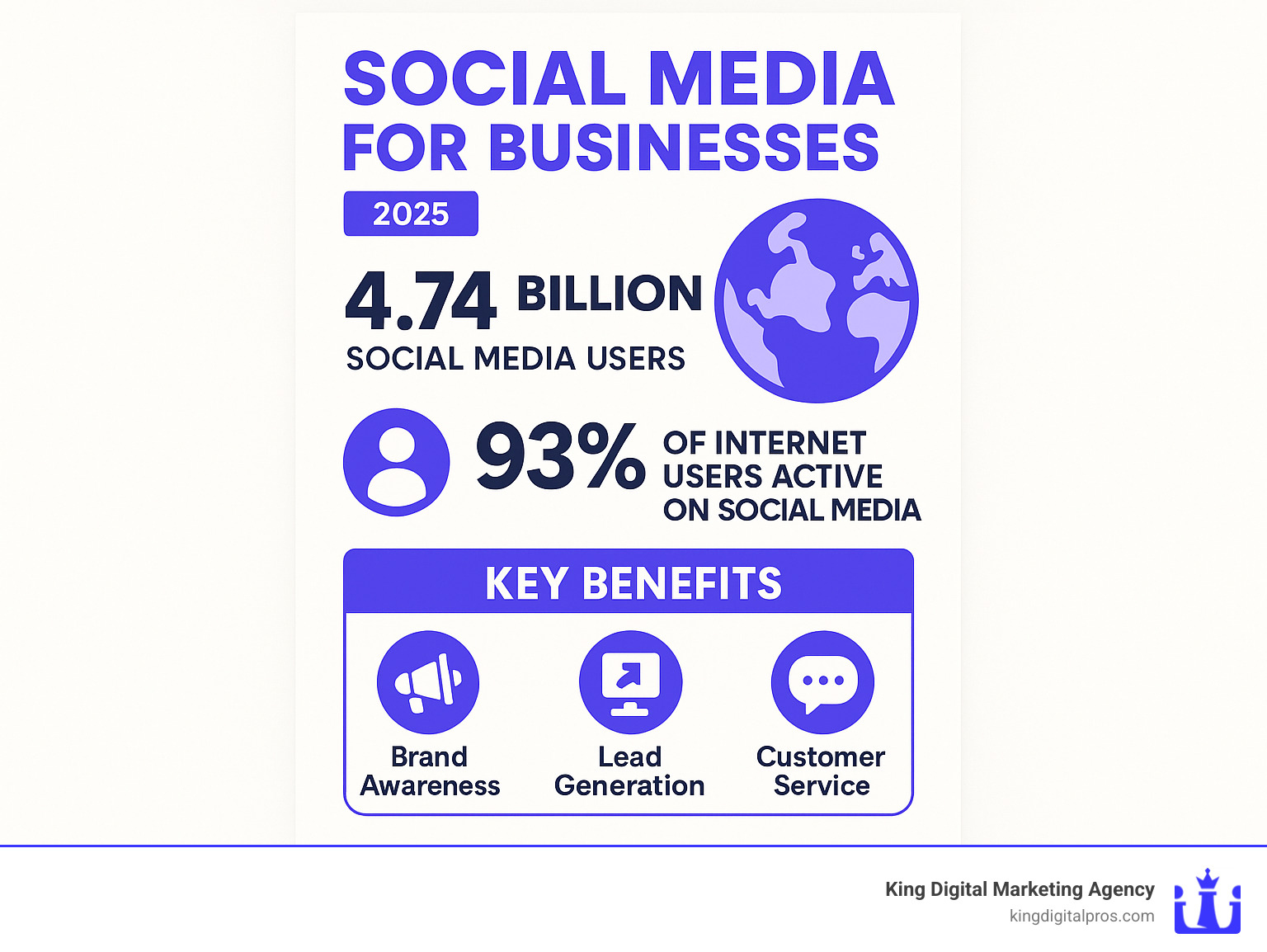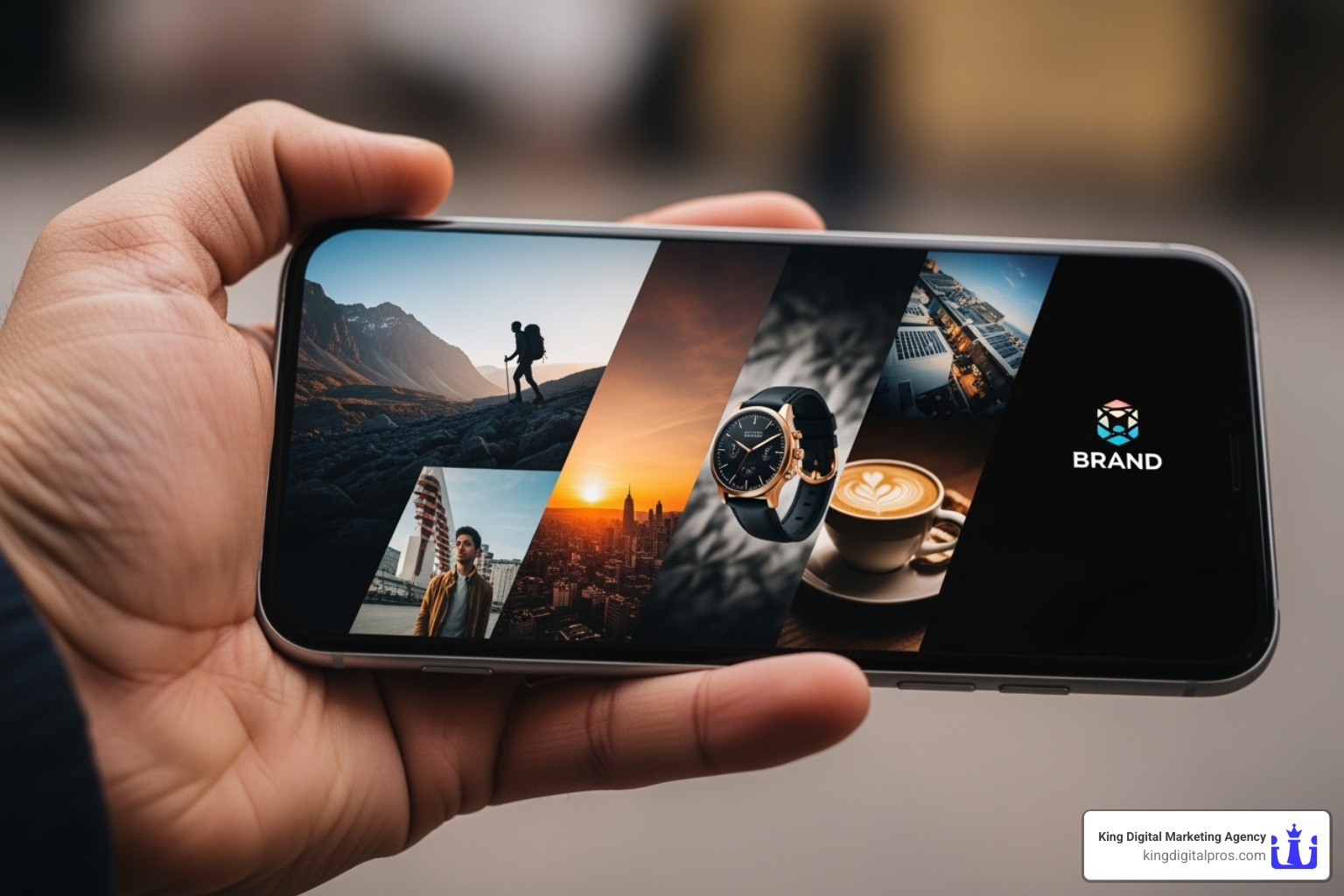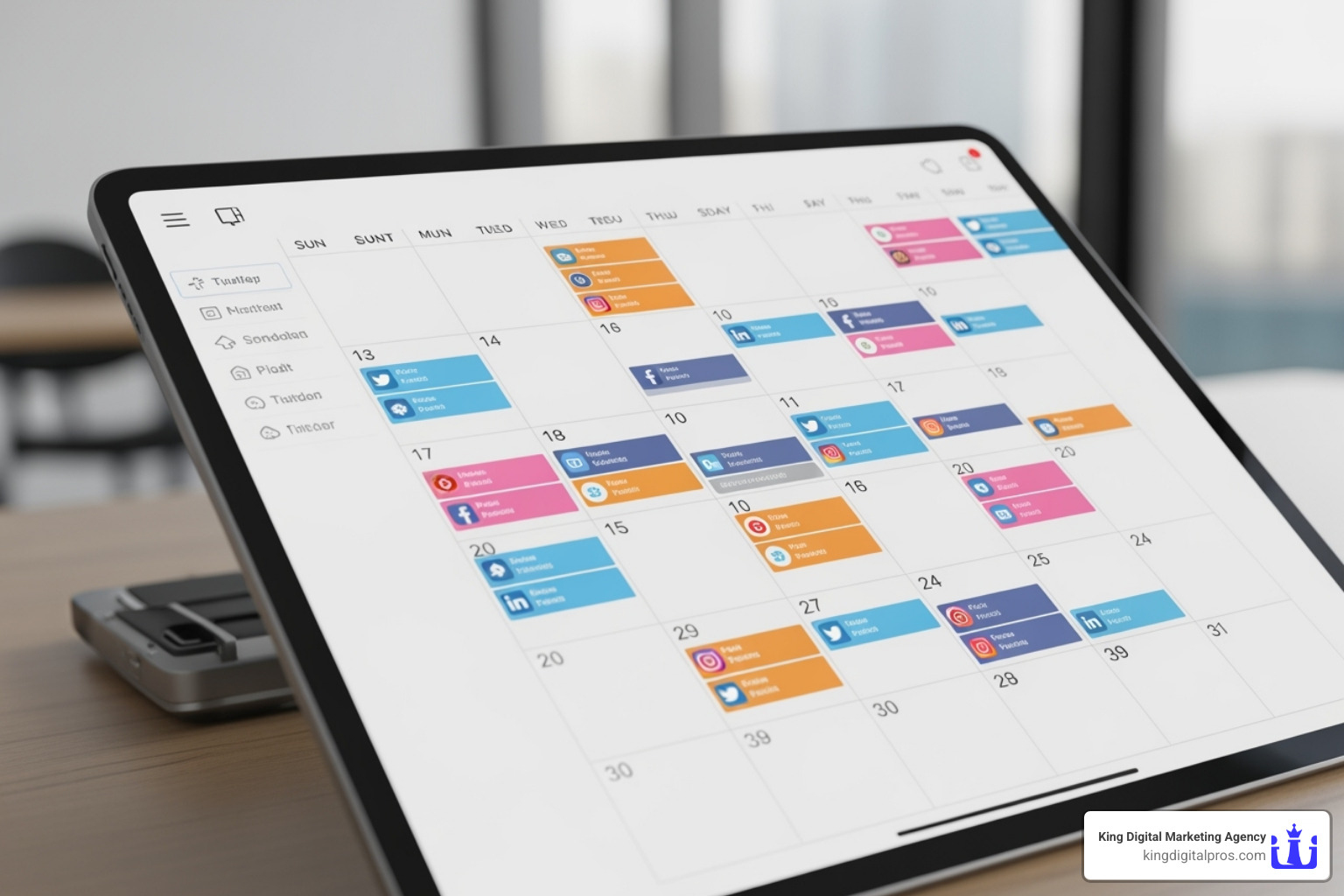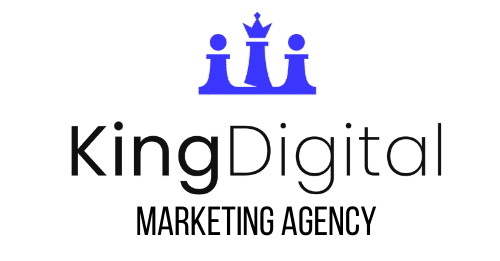Why Social Media for Businesses Has Become Essential
Social media for businesses is more than just posting pretty pictures or chasing viral moments. With over 4.74 billion users worldwide, these platforms are powerful tools for growth, lead generation, and building customer relationships.
Key Benefits of Social Media for Your Business:
- Brand Awareness: Reach millions of potential customers
- Customer Engagement: Build direct relationships with your audience
- Lead Generation: Convert followers into paying customers
- Cost-Effective Marketing: Achieve significant reach with minimal investment
- Market Research: Understand customer preferences
- Customer Service: Provide instant support
Statistics show that 93% of internet users are on social media, with 78% of consumers finding products on Facebook. Furthermore, 57% of consumers contact brands with questions on social media, and 45% use it for service issues.
However, simply having a social media presence isn’t enough. As the founder of King Digital Marketing Agency, I’ve seen that success comes not from chasing likes, but from building genuine, converting connections. This guide will show you how to transform your social media from a digital afterthought into a revenue-driving engine.

Why Your Business Can’t Afford to Ignore Social Media
Social media for businesses is no longer optional. With customers spending significant time on these platforms, your business must be present to remain visible. Many small business owners mistakenly believe social media is only for large corporations, but it actually levels the marketing playing field.
Brand awareness becomes easier when you can instantly reach thousands of potential customers. Even small local businesses can compete with industry giants for market share.
Increased website traffic is a major benefit. Compelling content with clear calls-to-action drives interested, high-converting traffic to your website.
For lead generation, the results are clear: LinkedIn generates 80% of B2B leads from social media, and B2C businesses can build email lists and nurture prospects effectively.
The link to higher sales is direct. Research shows 69% of weekly Meta users purchase after seeing personalized content. As marketers adapt to new consumer behaviors, social media is the bridge from findy to purchase.
Customer research opportunities are invaluable. Use polls, comments, and direct messages for real-time feedback to guide product and service development.
Building authority happens when you consistently share valuable content. This establishes you as a go-to expert, building trust and driving sales.
Leveraging your reputation is more manageable when you can respond to feedback, showcase testimonials, and demonstrate customer commitment in real-time.
Social media offers incredibly cost-effective marketing. You can start with a zero budget and scale as you see results, unlike traditional advertising’s high upfront costs.
Consumer behavior has shifted. People expect to find and engage with you online. If you’re not part of the conversation, you’re losing customers to your competitors.
Choosing Your Battlefield: The Essential Social Media Platforms for Businesses
Choosing the right social media for businesses feels like a buffet with too many options. The secret isn’t being everywhere; it’s being where your customers are. The same logic for choosing a physical store location applies here: go where your target audience is.
| Platform | Target Audience | Best For (B2B/B2C) | Key Content Type |
|---|---|---|---|
| Broad (all ages, especially 18-64, and retirees) | B2C | Text, Images, Videos, Live, Groups, Events | |
| Younger (18-34, Gen Z, Millennials), Visually-driven | B2C | High-quality Images, Short Videos (Reels), Stories | |
| Professionals, Decision-makers, Job seekers | B2B | Professional Articles, Company News, Networking | |
| X (Twitter) | News-focused, Real-time updates, Journalists, Gen Z (18-29, 30-49) | B2B/B2C | Short Text, Images, Videos, Links, Hashtags |
| TikTok | Gen Z, Millennials, Younger demographics | B2C | Short-form, Entertaining Videos |
To choose your platforms, ask three key questions:
- Where is my ideal customer online? (e.g., professionals on LinkedIn, parents in Facebook Groups).
- What are my business goals? (e.g., brand awareness, lead generation).
- What resources can I commit? It’s better to master one platform than be mediocre on five.
Facebook: The Community Hub
With over 3 billion users, Facebook’s diverse audience makes it a powerhouse for businesses. People conduct 1.5 billion daily searches for local businesses and products on the platform. It’s ideal for B2C businesses aiming to build communities through features like Groups, event promotion, and customer service. Statistics show 78% of consumers have found products through Facebook, and its review system builds crucial social proof.
Instagram: The Visual Showcase
Instagram, with 2 billion users, is a visual showcase ideal for reaching younger demographics (over half are under 34). It has evolved into a powerful e-commerce platform with features like Instagram Shops. Its visual nature is perfect for showcasing products and brand personality. Reels and Stories are essential for visibility, as the algorithm favors these short-form video formats. A staggering 90% of users follow a business on the platform, making it a prime space for brand connection and influencer marketing.
LinkedIn: The Professional Network
As the premier platform for B2B marketing, LinkedIn’s 900 million members make it essential for businesses selling to other businesses. It generates 80% of B2B social media leads and has the highest visitor-to-lead conversion rate (2.74%). Use LinkedIn to establish industry leadership by sharing valuable insights and expert articles, focusing on relationship-building over hard selling. It’s also a top platform for talent recruitment, connecting you with a highly educated, professional audience and key decision-makers.
X (Twitter) and TikTok: The Trendsetters
These platforms are trendsetters with unique cultures. X (formerly Twitter), with 500 million users, excels at real-time conversation, quick updates, and customer service. It’s highly influential with journalists, making it ideal for media and influencer outreach. Our SEO Services can maximize your visibility here. TikTok has 1.8 billion monthly users, primarily younger demographics. It’s built on authentic, entertaining short-form videos with huge viral potential. Its powerful algorithm can give small businesses massive reach, and Gen Z increasingly uses it as a search engine for products and services.
Crafting a Winning Strategy: The Core Pillars of Social Media for Businesses
With your platforms chosen, it’s time to build a social media for businesses strategy that works. Random posting yields no results. A successful strategy rests on four pillars: content planning, brand voice, audience engagement, and alignment with business goals. Every post must have a purpose, from building relationships to driving sales.
Organic vs. Paid Content: A Balanced Approach
You don’t have to choose between organic and paid content; the best strategies use both. Organic content is your foundation for community building and establishing brand personality. By sharing helpful tips and behind-the-scenes content, you build trust authentically. Paid advertising is your amplifier. It provides targeted reach with precision, making it highly efficient for customer acquisition. The magic is in the combination: use organic content to nurture your community and paid ads to reach new customers. Our Social Media Advertising Services can help you create campaigns that convert.
The Power of Visuals: Why Images and Video Reign Supreme

In a fast-scrolling world, visuals are essential to grab attention. Visuals earn higher engagement rates because our brains process them 60,000 times faster than text. Video’s dominance is a fundamental shift; Cisco’s research shows it accounted for 82% of online traffic by 2022. However, high-quality photography and infographics are also powerful scroll-stoppers. Invest in professional visuals, as they are often a customer’s first impression of your brand.
Optimizing for Findy: Social Media SEO for Businesses
Social media platforms are also search engines. To make your content findy, you need social media SEO. Start with keyword research to understand what terms your customers use. Optimize your profile by including keywords in your bio that describe what you do and who you serve. Develop a hashtag strategy that mixes broad and niche tags (e.g., #AlbuquerqueSmallBusiness) to reach targeted audiences. Use alt text for images to improve accessibility and add relevant keywords. Finally, tailor your keywords for platform-specific search behaviors. Our Copywriting Services can help create optimized, engaging content.
The Rhythm of Success: Consistency and Cadence

Consistency is about being reliable for your audience. A content calendar is essential for planning content in advance, aligning posts with key events. Posting frequency varies by platform, but maintaining a sustainable rhythm is key; quality trumps quantity. Consistent posting also brings algorithm benefits, as platforms favor active accounts. This consistency builds audience expectation, leading to higher engagement. A neglected profile can be more damaging than no profile at all. Use our Must-Have Marketing Tools to help manage your posting schedule effectively.
From Interaction to Loyalty: Mastering Customer Engagement
Treat social media for businesses as your digital front door, not a one-way megaphone. The magic is in the conversation, turning followers into loyal advocates. Building these relationships is essential for growth, as valued customers become your best marketers.
Social Media for Customer Service
Your customers are already discussing your business on social media; you need to listen and respond. Response times are critical, as HubSpot’s research shows customers expect quick replies. How you respond shows you care. Handling negative feedback publicly is an opportunity. A caring, swift response solves the issue and demonstrates your commitment to service for all to see. Go a step further with proactive support by sharing tips and answering FAQs before problems arise, positioning you as a helpful expert. This approach turns potential complaints into opportunities to showcase your values and build trust.
Common Pitfalls to Avoid in Your Social Media Strategy
Avoid these common social media pitfalls:
- No clear strategy: Without goals, your content will lack direction and fail to convert.
- Inconsistent branding: A uniform voice and visual style across platforms is crucial for brand recognition.
- Ignoring engagement: Failing to respond to comments and messages tells your audience you don’t value them.
- Being overly promotional: Focus on providing value, not just selling. A good rule of thumb is the 80/20 rule: 80% value, 20% promotion.
- Not analyzing performance: Use data to understand what works and refine your strategy.
Success is measured in relationships, not just likes. Engaged followers become your most effective marketing team.
Measuring What Matters: Tracking Your Social Media ROI
If you’re not measuring your social media for businesses results, you’re flying blind. Vanity metrics like likes and followers don’t pay the bills; you need to know if your strategy is driving revenue. Tracking the right metrics is key to understanding your return on investment (ROI).
- Reach: The number of unique people who see your content, indicating brand awareness.
- Engagement Rate: How many people interact (like, comment, share) with your content, showing if it resonates.
- Click-Through Rate (CTR): The percentage of people who click a link in your post, bridging social media interest with website action.
- Conversion Rate: The percentage of visitors who complete a desired action (e.g., purchase, sign-up), showing direct impact on your bottom line.
Use built-in platform analytics (Facebook, Instagram, LinkedIn) and Google Analytics for deeper insights. UTM parameters in your links can track which specific posts drive the most traffic. Regularly review your data to identify trends and adjust your strategy. The goal is to turn followers into customers. Our Conversion Optimization services can help ensure every click counts.
Frequently Asked Questions about Social Media for Businesses
When taking social media for businesses seriously, many owners have the same questions. It can feel overwhelming, so let’s address the three most common concerns.
How much should a small business spend on social media?
You can start with a zero-dollar budget, focusing on organic content which only costs your time. For paid advertising, you can begin with as little as $5 to $10 per day on platforms like Facebook. This allows you to test what works before scaling your investment. Success isn’t about big budgets; it’s about understanding your audience and providing consistent value. Small businesses often allocate 6-10% of their revenue to marketing, and social media is a key part of that.
How often should my business post on social media?
Consistency is more important than frequency. Quality always trumps quantity. Here are some general guidelines:
- Facebook: 3-5 posts per week.
- Instagram: 3-7 posts per week (mix of posts, Reels, and Stories).
- LinkedIn: 2-5 quality posts per week.
- X (Twitter): 1-5 times per day due to its nature.
The golden rule is to post high-quality content consistently rather than mediocre content daily.
Is it better to be on all social media platforms or just a few?
Don’t spread yourself too thin. It’s better to be great on a few platforms than mediocre on many. Choose 1-3 platforms where your ideal customers are most active. A B2B company might focus on LinkedIn, while a visual brand might choose Instagram. Master these platforms first, building genuine relationships and creating platform-native content. Once you have a solid foundation, you can consider expanding. An engaged audience on one platform is far more valuable than a large, unengaged following across five.
Conclusion
Effective social media for businesses is about strategic connection, not random posting. As we’ve covered, a strategic approach is essential for growth, turning every interaction into a brand-building opportunity.
The long-term value lies in building a trusted community, not just a follower count. This creates loyal advocates for your brand, which is the true power of a well-executed strategy.
Managing social media can be overwhelming. At King Digital Marketing Agency, we’ve seen the transformative power of the right approach. To harness social media and drive measurable results, explore our expert Social Media Advertising Services. Let’s turn your social media presence into a powerful business asset.

